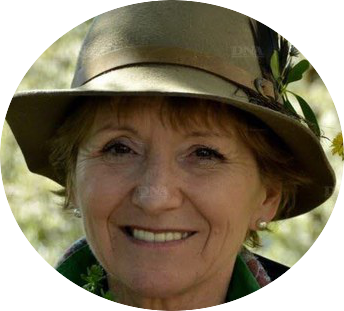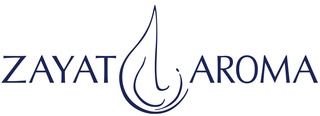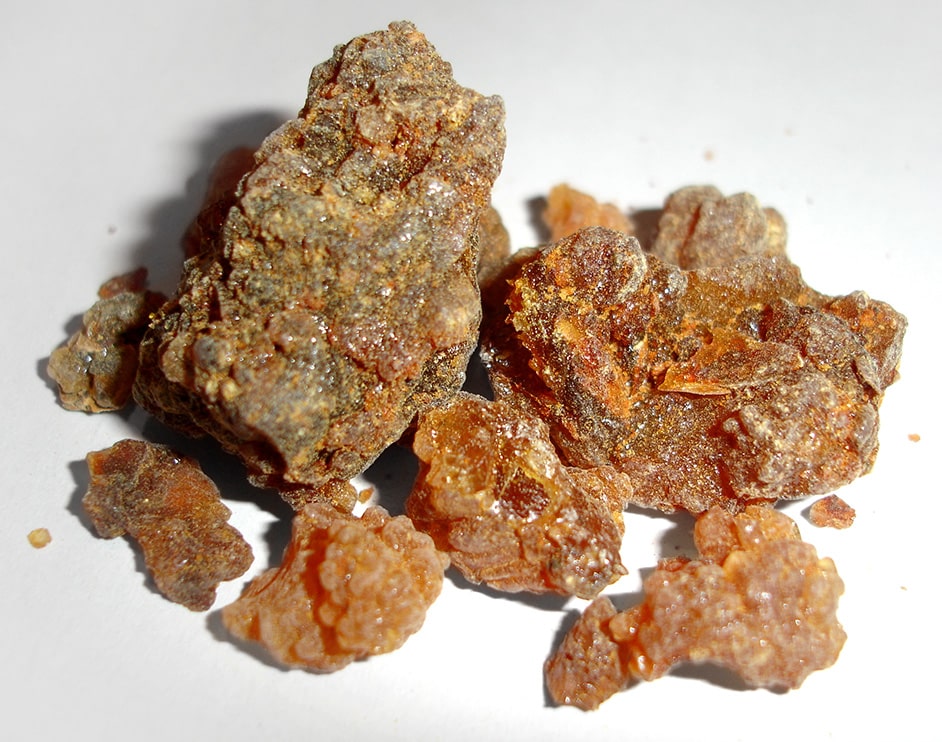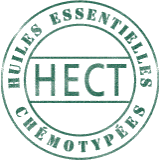Myrrh,
Myrrh, Ethiopia
100% pure and natural essential oil
Botanical name: Commiphora molmol
Plant Part: oleoresin
Extraction method: steam distilled
Origin: Ethiopia
| 19.00$ |
Free shipping for online orders of more than 69$, before taxes, within Canada.
(View the maximum available formats for free delivery)
Cautions and warnings:
Do not use pure essential oils. Essential oils are diluted in a vegetable oil when applied to the skin. Carry out a skin tolerance test in the crook of your elbow and wait 48 hours before using the oil on the skin. Do not use the essential oil if you notice a reaction such as redness, itching or stinging.
Keep out of reach of children.
If accidental ingestion occurs, seek urgent medical attention or contact a Poison Control Center.
Avoid contact with eyes and mucous membranes. Essential oils should not be applied to the eyes, the eye contour area, neither into the ears. In case of contact, apply a plenty of vegetable oil and take promptly medical advice.
If symptoms persist or worsen when using essential oil, consult a health care practitioner.
If you have epilepsy or asthma, consult a health care practitioner prior to use.
Avoid exposure of applied area(s) to the sun.
Contraindications:
If you are pregnant or breastfeeding, do not use essential oils.
Known adverse reactions:
If you experience nausea, dizziness, headache or an allergic reaction, discontinue use.
Storage:
Store in airtight, light-resistant container at room temperature.
Responsibility:
The information contained on our site is presented purely for information purposes and cannot, in any case, bind the responsibility of the company. In no way does this information constitute a recommendation for preventive or curative treatment, prescription or diagnosis, nor should it be considered as such.
 Words by Anny Schneider
Words by Anny Schneider
Myrrh has been used as incense and perfume since the beginning of time.
It is linked to both African and Christian rituals.
During the Epiphany, it was given by the three kings to the Christ.
In spiritualism, it is called the ''calming oil '' because of its capacity to purify the body, soul and surrounding spaces.
Origin of this essential oil
This essential oil of myrrh from Ethiopia is distilled from the oleoresin of the plant.
Properties
Myrrh is traditionally used in Africa to treat parasitosis.
Perfuming agent: Used for perfume and aromatic raw materials.
Dermatology.
Suggestions for use
Cosmetic
Scent
Dermatology
Cautions
Keep away from children, air, heat and light.
The essential oil is cytotoxic but not genotoxic.
More information
Myrrh essential oil comes from the resin of a small, very thorny tree that grows naturally in the southern Arabian Peninsula, Somalia, Ethiopia, Sudan and the Republic of Djibouti.
It was introduced for myrrh production in India, Pakistan and Thailand.
The branches are twisted, gnarled with sharp needles.
Myrrh is a resinous gum that naturally oozes from the trunk, and this is incised to activate the flow.
Traditionally myrrh is used for perfumes, incense and embalming, myrrh symbolizes suffering.
It was one of the three gifts brought by the Magi to the child Jesus (gold, frankincense and myrrh).
Myrrh is an ancient medicine from ancient Egypt.
Myrrh gives off a pleasant, camphorous, spicy and warm scent like an animal smell.
In mythology: Myrrha, pregnant by her father, was driven out and found refuge in Arabia, Aphrodite changed her body into a tree and her blood into sap, Adonis was born from its trunk, from her tears flow the tears of myrrh.
Main components of essential oil
- Sesquiterpenes: lindestrene 8%, curzerene 20%, furanoeudesma-1,3-diene 40%, beta-elemene 5%, germacrene-B, germacrene-D, gamma-elemene, alpha-selinene
- Furanosesquiterpenes (5 to 15%): furanoelemanes (curzerenone), furanoeudesmanes, furanogermacranes, heerabolene
- Dammarane-derived triterpenes: mansumbinone, 3,4-seco-mansumbinoic acid
- Eugenol
For further information about this product or to inquire about larger quantities, please send us an email and we will get back to you as soon as possible.
The availability and price of this product may vary without prior notice, if for some reason the quantity you have requested is currently unavailable, we will contact you shortly to discuss the best options to fulfill your needs.
References
* L’aromathérapie énergétique - Lydia Bosson
* L’aromathérapie exactement - Pierre Franchomme, Roger Jolis et Daniel Pénoël
* L’aromathérapie, Se soigner par les huiles essentielles - Dr Valnet
Log in
Subscribe to our newsletter here!
All rights reserved © 2024 - ZAYAT AROMA
Terms & conditions | Security & privacy






